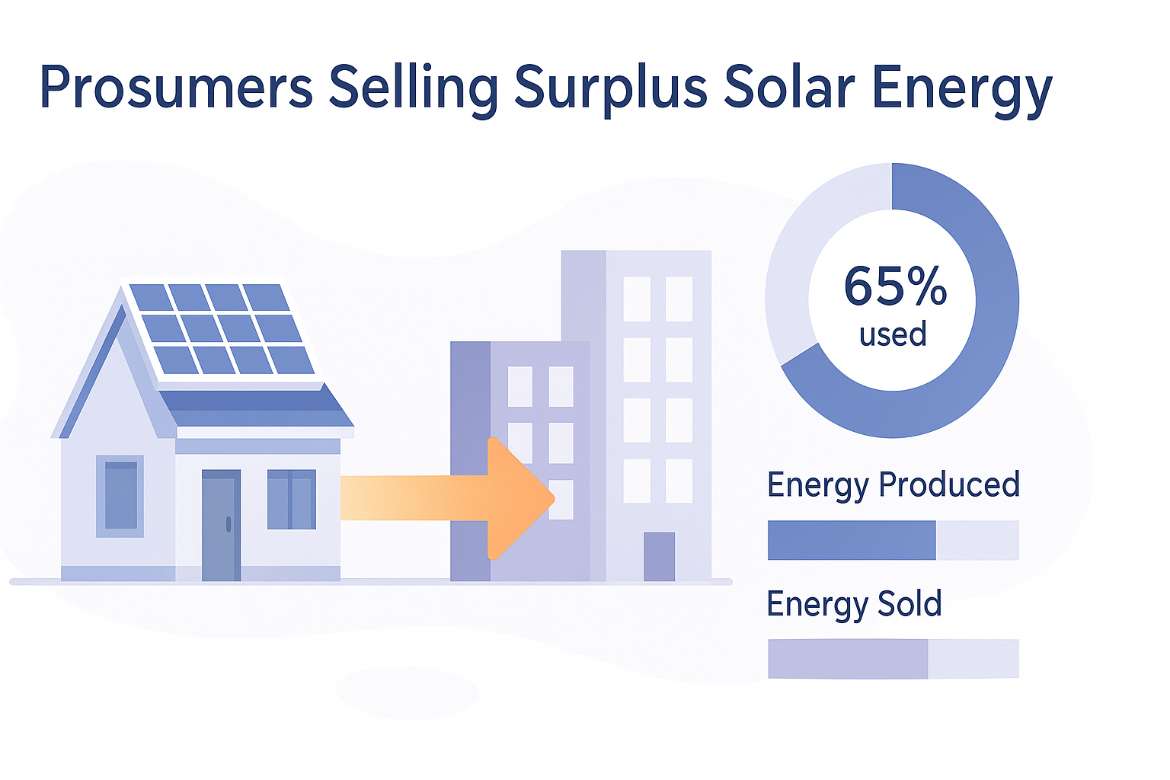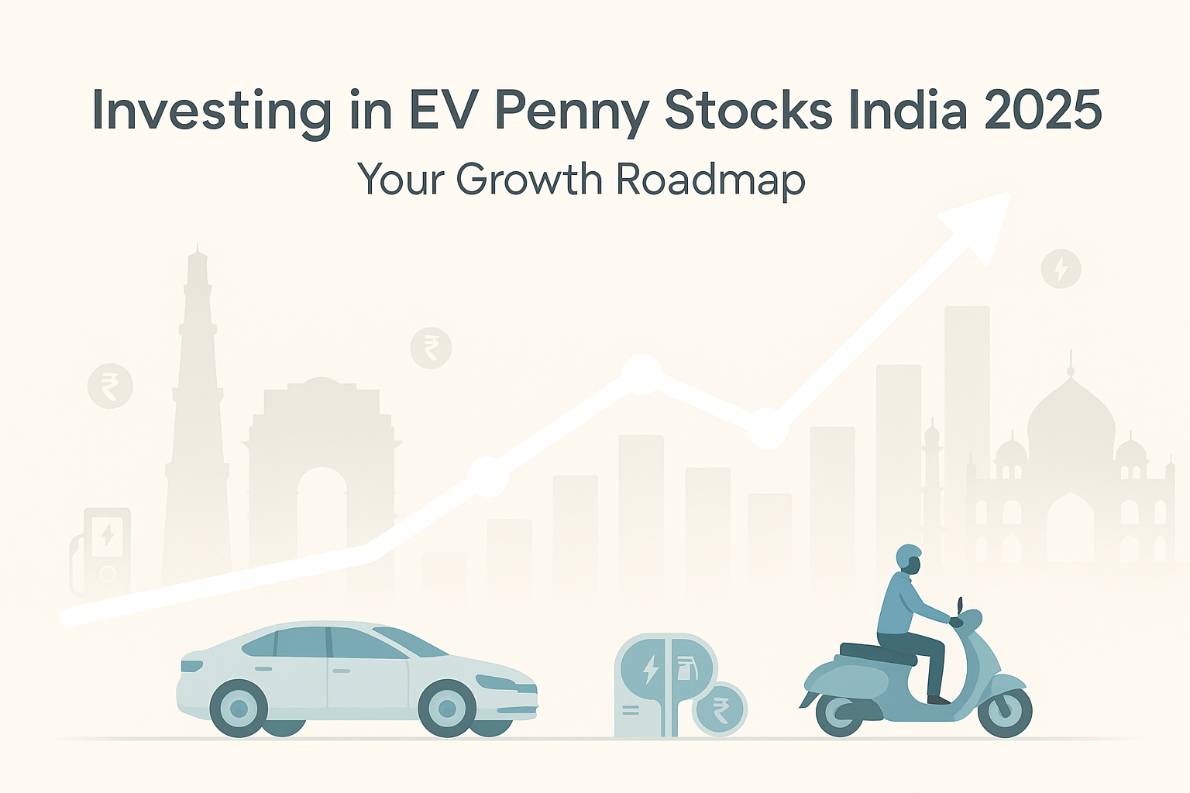Introduction
Have you ever wondered how you could take control of your energy future, turning your excess solar power into a valuable commodity? In today’s fast-evolving energy landscape, the traditional model of one-way power distribution is rapidly giving way to innovative, decentralized systems. Peer-to-peer energy trading allows you—not just big utilities—to buy and sell energy directly. This breakthrough model uses cutting-edge blockchain technology, which assures secure and transparent transactions while integrating with smart grid solutions. By effectively connecting renewable energy producers with consumers, this mechanism helps reduce energy costs, decrease reliance on traditional power grids, and empower prosumers to become active energy market participants.
Many regions, especially as renewable targets rise, see challenges in balancing grid stability and energy distribution fairness. You likely face issues such as rising electricity bills, energy wastage, and the hurdles of adapting legacy infrastructure to modern energy needs. Peer-to-peer trading offers a solution where you can not only improve system efficiency but also increase your financial return on personal renewable investments.
Imagine a future where each solar panel on your roof becomes a micro power station, and excess energy flows directly into your neighborhood’s grid. Major trials in cities have demonstrated the potential of such systems, proving that a decentralized energy framework can support over 500 GW of renewable capacity in the near future. In 2025, with regulatory frameworks evolving and smart grids expanding, peer-to-peer energy trading stands out as a promising solution for a sustainable, cost-effective, and resilient energy future.
This article will delve into the technology, market dynamics, and regulatory environment shaping this revolution, while highlighting opportunities for you to participate in this transformative energy landscape.
Integrating P2P with Smart Grid Technology
You now see that integrating peer-to-peer trading with smart grid systems drives the efficiency of modern energy networks. Smart grids use sensors, automation, and real-time data to manage distributed energy resources, making them the perfect partner for P2P trading. Through dynamic allocation of energy, smart grids can adjust load in real time, ensuring that prosumers with surplus energy sell it when demand peaks.
Recent trials have involved as many as 150 sites, where prosumers exchange energy seamlessly using blockchain-enabled platforms. This integration not only enhances grid stability but also lowers transmission losses and balances supply with demand. For you, this means a more reliable service and potential savings as electricity bills drop.
As we move toward a future with 500 GW of renewable capacity, the synergy between smart grid technology and peer-to-peer systems will play a crucial role in achieving ambitious renewable energy targets.
How Peer-to-Peer Energy Trading Empowers Prosumers and Innovates the Power Sector

You get empowered when you become both a consumer and a producer—what we call a prosumer. Peer-to-peer energy trading transforms you from a passive recipient to an active participant in the energy market. With blockchain-secured transactions, you can trade your excess solar power directly with neighbors or local businesses.
This system creates an energy auction pool where pricing adjusts dynamically based on supply and demand. Not only does this lower overall costs, but it also stimulates competition and encourages investment in renewable energy installations. In regions where prosumers have already begun to play a vital role, confidence in decentralized energy markets is growing steadily.
This model promotes not just local energy resilience but also drives the broader transformation of the power sector, making the grid more adaptive and efficient.
Blockchain and Pricing Models in P2P Energy Trading
You might ask how blockchain fits into this energy puzzle. The answer lies in its ability to ensure transparency, secure transactions, and validate the trading process in real time. Blockchain platforms record every trade, providing an immutable ledger that builds trust among participants.
Innovative pricing models emerge from dynamic pricing algorithms that adjust cost based on real-time energy supply and demand. These models eliminate intermediaries, ensuring that you receive a fair market price for your excess energy. For example, the dynamic trading trial has increased transparency while providing guidelines for future tariff structures.
As this model matures, you can expect more personalized pricing strategies that reflect current market conditions and optimize your energy yield.
Regulatory and Compliance Frameworks in P2P Energy Trading
You must understand that evolving regulatory frameworks play a significant role in shaping peer-to-peer energy trading. Authorities have begun to evaluate bespoke trading rules tailored to decentralized markets. Pilot projects demonstrate that guidelines can support innovative models while protecting consumer interests and ensuring grid stability.
Current trials, such as the one conducted in the capital city, offer invaluable data to regulators. Policymakers now consider the interplay between smart grid infrastructure, environmental targets—like achieving 100 GW solar capacity with 40 GW from rooftop installations—and innovative energy trading solutions. These efforts aim to bring clarity and structure to this emerging field.
As regulations solidify in 2025, you'll likely experience a more streamlined process, where compliance and innovation go hand in hand, ultimately enhancing the overall value and reliability of decentralized energy markets.
Future Outlook and ROI Potential in Peer-to-Peer Energy Trading
Looking ahead, the peer-to-peer energy trading landscape promises increased returns and broader market participation as operational costs decrease and regulatory clarity improves. For you, the transition from a traditional utility model to a decentralized system presents an opportunity to maximize the return on your renewable energy investments. As trials expand and more data becomes available, businesses and individual energy producers will refine best practices for installation, grid management, and tariff settings.
The focus on lowering costs, improving grid efficiency, and reducing carbon footprints positions P2P trading as a pivotal driver in the clean energy revolution. With predictive analytics and blockchain innovation leading the way, you can anticipate improved energy pricing models and faster payback periods. This bright future not only benefits individual prosumers but also fuels a broader transition toward sustainable energy practices.
By 2025, peer-to-peer energy trading is set to reshape the industry, allowing everyone to actively participate in and benefit from a transformed energy ecosystem.
Conclusion
In summary, peer-to-peer energy trading stands as a game-changing solution in the journey toward a decentralized and sustainable energy future. You can now harness your renewable energy assets to actively participate in the power market. By leveraging smart grid integration and blockchain technology, peer-to-peer trading transforms excess energy into a market asset, reducing transmission losses and cutting energy costs. The emerging regulatory clarity, driven by data from pilot projects and dynamic pricing models, ensures that stakeholders—from individual prosumers to large-scale energy players—can operate within a secure, efficient, and adaptive framework.
As renewable targets continue to rise and technology advances, this approach revitalizes how energy is distributed, fostering both economic benefits and environmental sustainability. You have the opportunity to be part of this renewable revolution, where every kilowatt generated plays a role in creating a resilient power system. With ongoing pilot trials and evolving industry standards, the peer-to-peer model promises attractive returns on renewable investments.
Embrace the shift knowing that the future of energy trading holds potential not just for financial gain, but for carving out a cleaner and more innovative energy landscape for generations to come.
FAQ
Q1: How is India aiming to install 500 GW of non-fossil fuel energy capacity by 2030?
A1: You can expect India's approach to focus on decentralised renewable integration using smart grid technologies and innovative models like peer-to-peer trading, which help harness distributed energy resources effectively.
Q2: How is peer-to-peer (P2P) electricity trading revolutionising the power sector?
A2: Peer-to-peer trading transforms you into both a consumer and producer, using blockchain for secure, transparent trades that lower costs, enhance grid efficiency, and drive sustainable innovation.
Q3: What collaborative initiatives are being led by the National Institute of Solar Energy (NISE)?
A3: While our discussion centres on decentralised energy trading, initiatives by institutions like NISE typically focus on testing new solar integration models and collaborating with industry partners to drive grid innovation.
Q4: What is peer-to-peer trading under the Delhi Solar Energy Policy 2023?
A4: Under the directives of the Delhi Solar Energy Policy 2023, peer-to-peer trading lets you exchange excess solar power directly with neighbours, ensuring fair pricing and a transparent, decentralised energy market.
Q5: What topics are being addressed by the Joint Working Group on Energy Efficiency, Smart Grids and Electricity Markets?
A5: The group examines regulatory frameworks, technologies behind smart grids, and dynamic pricing strategies that balance supply with demand while supporting innovative decentralised energy models.
Q6: How is the Government of Karnataka promoting peer-to-peer (P2P) energy trading?
A6: Although our article focuses largely on broader concepts, states like Karnataka are known to pilot projects and provide incentives that encourage the adoption of P2P energy trading systems integrated with smart grid technology.
Q7: How can a peer-to-peer network with governmental participation revolutionise the land transactions market?
A7: Drawing a parallel from energy, a P2P network in land transactions would enhance transparency and efficiency by reducing intermediaries, thus paving the way for clearer, direct market interactions.




.jpeg)



